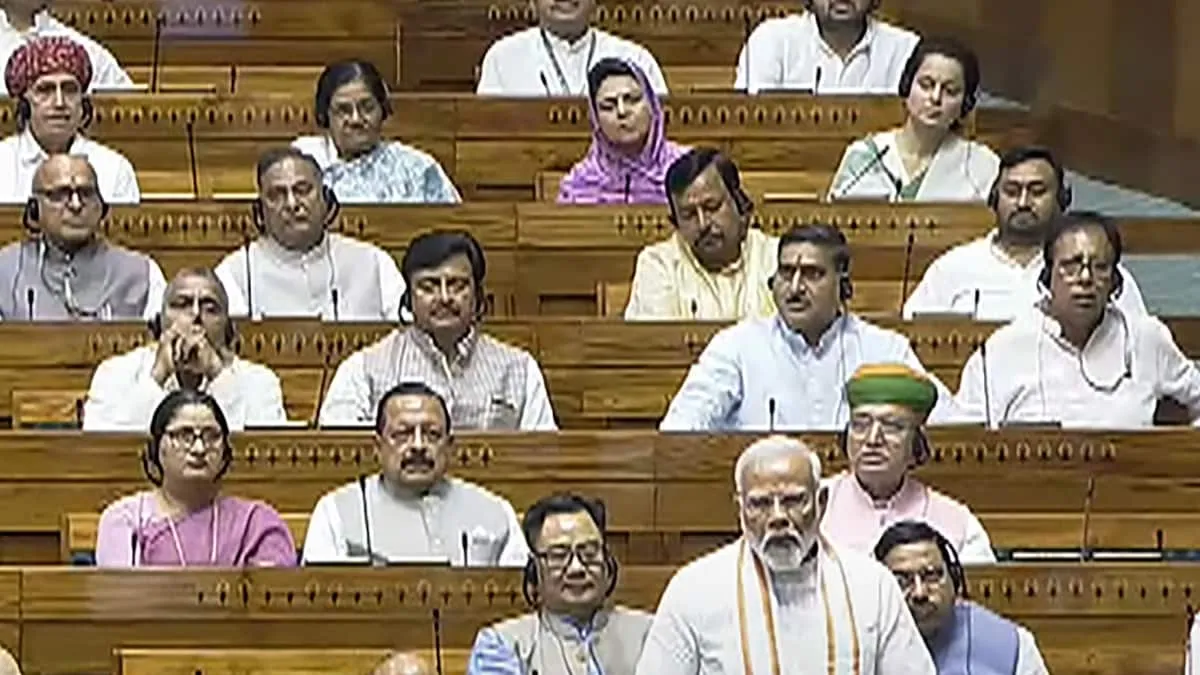Pension Reform: The Unified Pension Scheme Under Modi's Leadership

Pension Reform: The Unified Pension Scheme Under Modi's Leadership
In a significant policy shift, Prime Minister Narendra Modi's government has unveiled the Unified Pension Scheme (UPS), marking a crucial step towards reforming the current pension framework. This new scheme is a response to the persistent demands of central government employees and aims to almost return to the Old Pension Scheme (OPS) that existed before 2003.
Key Features of the Unified Pension Scheme
- The UPS promises an assured pension equal to 50% of the basic pay plus dearness relief linked to the inflation index.
- All employees will be able to switch to the UPS from April 1, 2025, benefiting from retrospective payments.
- The scheme eliminates market uncertainties previously faced under the New Pension Scheme (NPS).
- It will significantly impact the fiscal responsibilities of the government regarding employees’ pensions.
Political and Economic Implications
The initiation of the UPS has stirred political debates, with opposition parties predicting it as an election strategy by the BJP ahead of state elections. Furthermore, despite union minister Ashwini Vaishnaw's remarks downplaying electoral connections, the move undoubtedly indicates a shift in the government's stance.
Conclusive Thoughts on Ups
This revision of pension policies illustrates Modi's commitment to addressing employee welfare while also navigating complex political terrains and economic calculations. The UPS could redefine the pension landscape for central government employees, promising a stable future.
This article was prepared using information from open sources in accordance with the principles of Ethical Policy. The editorial team is not responsible for absolute accuracy, as it relies on data from the sources referenced.